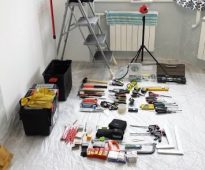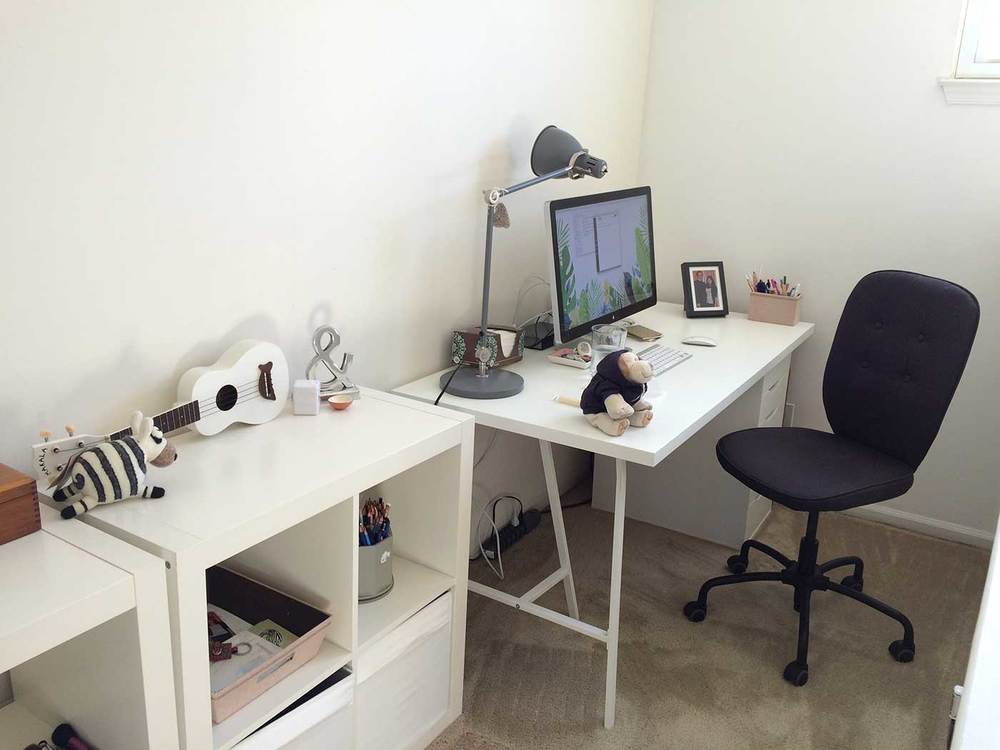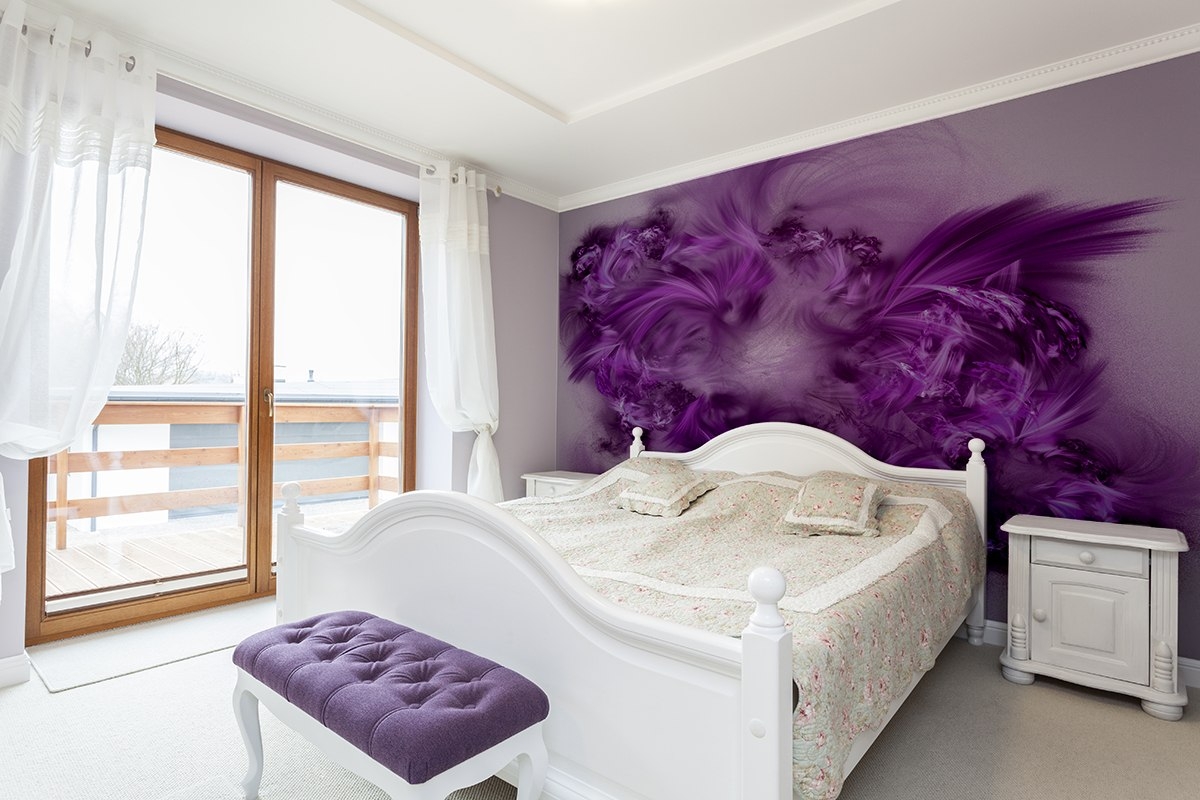 A computer chair in the house is not a luxury, but a necessity.
A computer chair in the house is not a luxury, but a necessity.
Creation of mats from garbage plastic and cellophane bags
Want to diversify the interior, but no money? Then the mats of plastic bags - this is your story. Minimum cost and maximum creativity.
Handicrafts from the packages look spectacular and original, while not requiring large expenditures.
Content
The advantages of polyethylene rug
In addition to the budget cost, this accessory has a number of advantages.
- Does not absorb water, which means there will not be high humidity in the room.
- Easy to clean, easy to wash and dries quickly in the open air. To wash such a thing, it is enough to soak it in a soap solution and then rinse.
- Very warm and pleasant to the touch.
- It keeps its shape well.
- Non-slip, which means it is the perfect accessory for the bathroom.
- Decorate any interior.
Self-made things are a budget and original way to decorate the interior, breathe new life, add bright colors.
Thanks to this element of decor, the room can be made cozy and stylish. The rug "will get accustomed" not only in a bathroom or a toilet, but also in the kitchen or in the hallway. And if the accessory loses its original chic, it is not a pity to throw it away and lay a new one.
The fantasy of creatively gifted people is limitless.
Finally, for those who love to create things with their own hands, this is a great opportunity to spend a couple of evenings on a favorite activity. Such a thing can do any master, even with minimal handicraft skills. Undoubtedly, polyethylene rugs - it is convenient, practical and economical.
One of the most sensational and creative handicraft techniques is weaving crafts from garbage bags.
Two ways of weaving rugs
Pompom method
Would need:
- "Threads" of the packages;
- a basis for a pompon (cardboard preparation of a round or square form);
- sharp scissors;
- durable thread;
- carpet base (eg mosquito net).
Stylish, bright, original rug - not only the decoration of the house, apartment, cottage, but also a very functional thing.
Everyone knows how to make a pompon out of yarn. However, not every needlewoman guesses that this skill will help to create an unusual and very functional element of the interior.
You can make a pom-pom in the classic way: we combine two cardboard rings and weave yarn on them. Then, winding as much as you need, cut between the rings and tighten it with a strong thread.
Lightly trim the pompon villi and it's ready to use.
And you can make it more suitable for polyethylene. This will require a cardboard square. We fold it in half, we put a strong thread inside. The main thing is that the thread should be of sufficient length, since we will both fix the pompon and tie it to the base.
One of the main advantages is moisture resistance, the mat can be used in rooms with high humidity.
So, polyethylene "thread" is wound on a folded square.It is better if it does not twist, then the pom-pom will be airy and fluffy. After winding the necessary number of circles, we connect the main thread and cut it. Then trim the edges of the pom-pom and get down to the next one. The number of pompons depends on your preferences. You can make a very tight mat, then you need a lot of pompons, and you can place fluffy elements at some distance.
Wear resistance, ease in leaving, a successful tandem of a stylish aesthetics and the minimum expenses - all this indisputable advantages of such useful hand made features.
When all the elements are ready, attach them to the base. It can be any mesh fabric. For example, a large mesh for a window (mosquito) or a rubber mesh base.
And such an element of decor adequately decorate the living room or children's room.
Knitting will bring real pleasure, will help to pass the time with benefit.
As you can see, the color and shape of the polyethylene mat in the “pompom” technique is chosen at your discretion.
Crochet
Important! The width of the fragments cut from the packet (in cm) is equal to the hook number. If the hook is selected correctly, the canvas will be flat and tight.
It is worth noting that you can knit from the packages according to any scheme: starting from the “grandma's square” and ending with complex schemes for napkins.
The matter is simple, rather primitive, even a child will cope with the work.
If you possess at least minimal knitting skills, then such a pretty little frog (on the photo) is within your reach.
This bright accessory will make the hallway more sunny. And it is not difficult to connect it, the main thing is to follow the scheme exactly.
To make the threads strong, flexible, experienced craftswomen advise you to choose soft matte plastic bags.
Interesting rug of fragments. Properly chosen color scheme allows you to create a creative thing. In this case, the principle of "grandmother's square" is used. Different in color and size fragments are interconnected and tied with piping.
To make the mat of dairy bags to be pleasant to the touch, soft enough and durable, you should choose bags with medium density.
Yarn preparation methods
For many, the difficulty lies not in the manufacture of a rug, but in the process of preparing the material — polyethylene yarn.
Today, the choice of hostesses offers a bright, fun palette of any possible shades.
Important! If you have never knitted such products before, try tying a small fragment from the bags that you have. And if everything works out, you can take on a more serious project.
To prepare the “yarn” of garbage bags, we carefully fold the packages along, and then cut them across into segments of the same width. To make the process move faster, cut not one package, but several at once, putting them in a neat pile.
For cutting it is better to use a stationery knife, not scissors.
The segments are interconnected by a “ring in a ring” node.
Another way to connect pieces of polyethylene - in the process of knitting. When one segment ends, the next one is passed through it and the work continues.
It should be noted that the density of plastic bags is different, and this fact must be taken into account when determining the width of the strips to be cut. The greater the density, the thinner the stripes should be.
Such an original rug will certainly decorate any interior.
And to create interesting bright models you will need packages of different colors. Better if the density of the packages is the same, then the mat will turn out even.
Rugs from plastic bags: do it yourself
Rectangular rug
Alternatively, a rectangular rug can be made from multi-colored fragments.
The finished piece looks like this. A fit very simply.
It is desirable to cut the workpieces of the same width, so the surface of the product will be homogeneous.
1 row. Tie 4 air loops and loop into a ring.
2 row.In the resulting ring, tie 8 columns without a single crochet, “diluting” them with air loops.
3 row. Marker for knitting note the angular lines of the fragment.
4 row. In the corners, knit 2 poles without crochet and 1 air loop between the poles.
The size of the fragment depends only on your desire and the presence of "yarn". You can change the color in the process of making a fragment either according to the same scheme, or arbitrarily.
The main thing is that the colors are bright, then the rug will turn out "jolly".
After all the fragments are connected, you can begin to form a rug. To do this, the elements are arranged in the right order, and then stitched.
And you can create such a rainbow masterpiece. This mat of garbage bags of different colors is connected in a very similar pattern.
You can tie it in any size, the scheme does not change.
Learn interesting crochet patterns that you can use to create a rug out of bags. With minimal knowledge and skills, you are guaranteed to turn these schemes into reality.
An interesting combination of rectangular and round rug will not only create comfort, but also make the toilet room comfortable. In this case, a complex pattern is not used, but only multi-colored stripes.
Before you start knitting a rug, you can knit a trial area, this will help determine the density of the future product.
Round rug
The most elementary scheme for crocheting a rug is as follows: tie five air loops and close them into a ring. Make a lifting loop. Then in each of the five loops make another column without single crochet. In order for the circle to be flat, and not in the shape of a bowl, from three to five loops are added in each subsequent row.
After each row of the product laid out on a horizontal surface and check how it lies exactly.
The simplest mat of plastic bags looks like this. Despite the brevity, this accessory is appropriate to complement the interior of the bathroom or hallway.
Rug of fragments of "African flower". Individual motifs are interconnected either in the process of knitting, or after the necessary number of elements are connected, they are stitched together.
The fringe from polyethylene "threads" looks unusual.
And here is the idea for a large carpet. Multicolored flowers of different sizes are fastened together.
Suitable option for a child's room.
Round patterns, connected according to the pattern for a tablecloth or a large napkin, look particularly impressive.
For work, you can use several colors or make the product uniform with contrast edging.
Such schemes can be easily “tailored” to the size you need. For example, tying a rug in several rows of a column with a double crochet, or chains of 5 (or 7) air loops. The main thing is to choose the hook for your "yarn".
A stylish, original, cozy rug is ready to please the eye of the household with cheerful variegation.
It can be openwork or dense, round or square, connected by a continuous cloth or from motives. A rug made of plastic bags with your own hands is both a decorative element of the interior and a practical floor covering.
If there is not enough paint in the interior of your house, correct it with the help of such a rug.
VIDEO: How to make a mat out of plastic bags.
50 options for mats made of plastic bags:
 A computer chair in the house is not a luxury, but a necessity.
A computer chair in the house is not a luxury, but a necessity.
 Furniture Assembly Tools
Furniture Assembly Tools
 How to drag a computer chair with their own hands.
How to drag a computer chair with their own hands.
 How to decorate the wall at the head of the bed in the bedroom
How to decorate the wall at the head of the bed in the bedroom
 Faux leather for furniture. What it is?
Faux leather for furniture. What it is?






